Toxicity Profile and Patient-Reported outcomes following Salvage Stereotactic Body Radiotherapy (SBRT) to Pelvic Lymph nodes and Prostate Bed after Prostatectomy.
Resumen
Most of the current literature on salvage stereotactic body radiotherapy (SBRT) has focused on evaluating toxicity and efficacy outcomes limited to the prostate fossa. To date, no studies have systematically assessed the inclusion of elective nodal irradiation (ENI) in this context. This retrospective, single-center cohort study included 62 patients with prostate adenocarcinoma who experienced biochemical recurrence following radical prostatectomy and were treated with salvage SBRT to the prostatectomy bed and pelvic lymph node areas at Clínica Los Nogales (Bogotá, Colombia) between March and October 2023. Toxicities were assessed using CTCAE v5.0, and health-related quality of life (HRQOL) was evaluated using the EPIC-26 questionnaire. Grade 1 genitourinary (GU) toxicity occurred in 50% of patients and grade 2 in 29.3%, with no grade ≥3 GU toxicity reported. Gastrointestinal (GI) toxicity was reported as grade 1 in 20.7% and grade 2 in 12% of patients, with no grade ≥3 GI events. Prior to SBRT, 17% of patients had preserved sexual function, and 31% had full urinary continence. These findings suggest that salvage SBRT including ENI is feasible and well tolerated, with low rates of acute toxicity. The greatest HRQOL impact was observed in the sexual domain, highlighting the importance of early detection of biochemical recurrence to guide treatment decisions and potentially avoid systemic therapy.
Descargas
Citas
Han, M.; Partin, A.W.; Zahurak, M.; Piantadosi, S.; Epstein, I.J.; Walsh, P.C. Biochemical (prostate specific antigen) recurrence probability following radical prostatectomy for clinically localized prostate cancer. J. Urol. 2003, 169, 517–523.
Gandaglia, G.; Briganti, A.; Clarke, N.; Karnes, R.J.; Graefen, M.; Ost, P.; Zietman, A.L.; Roach, M. Adjuvant and Salvage Radiotherapy after Radical Prostatectomy in Prostate Cancer Patients. Eur. Urol. 2017, 72, 689–709.
Brenner, D.J.; Martinez, A.A.; Edmundson, G.K.; Mitchell, C.; Thames, H.D.; Armour, E.P. Direct evidence that prostate tumors show high sensitivity to fractionation (low α/β ratio), similar to late-responding normal tissue. Int. J. Radiat. Oncol. 2002, 52, 6–13.
Brenner, D.J. Fractionation and late rectal toxicity. Int. J. Radiat. Oncol. 2004, 60, 1013–1015
Wang, K.; Mavroidis, P.; Royce, T.J.; Falchook, A.D.; Collins, S.P.; Sapareto, S.; Sheets, N.C.; Fuller, D.B.; El Naqa, I.; Yorke, E.; et al. Prostate Stereotactic Body Radiation Therapy: An Overview of Toxicity and Dose Response. Int. J. Radiat. Oncol. 2021, 110, 237–248.
OZYIGIT, Gokhan, et al. Treatment outcomes of postoperative ultra-hypofractionated stereotactic body radiotherapy in prostate cancer. En Urologic Oncology: Seminars and Original Investigations. Elsevier, 2023. p. 252. e1-252. e8.
The addition of androgen deprivation therapy and pelvic lymph node treatment to prostate bed salvage radiotherapy (NRG Oncology/RTOG 0534 SPPORT): an international, multicentre, randomised phase 3 trial. Pollack, Alan et al.The Lancet, Volume 399, Issue 10338, 1886 - 1901
Reports of Practical Oncology and Radiotherapy Vol 27, No 6 (2022) Hypofractionation as a solution to radiotherapy access in latin america: expert perspective. Marcos Santos, Jessica Chavez-Nogueda, Juan Carlos Galvis, Rep Pract Oncol Radiother 2022;27(6):1094-1105.
Chen Shih , J. (2025). Relación entre inteligencia emocional y rendimiento académico en estudiantes de nivel superior de Arequipa en la postpandemia . Ciencia Y Reflexión, 4(2), 648–667. https://doi.org/10.70747/cr.v4i2.299
Alcántara , R. L. (2025). Acompañamiento Pedagógico Estrategia Colaborativa. Ciencia Latina Revista Científica Multidisciplinar, 9(3), 7881-7886. https://doi.org/10.37811/cl_rcm.v9i3.18412
Agila Mocha, R. J., Vivanco Ureña, C. I., León Bravo, F. E., & Reyes Carrión , J. P. (2025). Software Educativos para el Proceso de Enseñanza Aprendizaje de Matemáticas en Bachillerato. Ciencia Y Reflexión, 4(2), 1341–1369. https://doi.org/10.70747/cr.v4i2.334
Chen Shih , J. (2025). Relación entre inteligencia emocional y rendimiento académico en estudiantes de nivel superior de Arequipa en la postpandemia . Ciencia Y Reflexión, 4(2), 648–667. https://doi.org/10.70747/cr.v4i2.299
Quelal Morejón , C. E., Rogel Calderón , A. S., Loaiza Dávila , L. E., & Maqueira Caraballo, G. D. L. C. (2025). Los juegos predeportivos: una alternativa para la inclusión de estudiantes con Trastorno del Espectro Autista (TEA) a la clase de Educación Física. Arandu UTIC, 12(2), 2169–2189. https://doi.org/10.69639/arandu.v12i2.1055
Guadalupe Beltrán , E. S., Palomeque Zambrano, J. Y., & Loor Avila, B. A. (2025). Desafíos de la Educación Superior en Contextos Híbridos: Análisis de las Prácticas Docentes en la Universidad Estatal de Milagro durante el Periodo Académico 2025. Revista Veritas De Difusão Científica, 6(2), 1259–1281. https://doi.org/10.61616/rvdc.v6i2.685
Lozano Flores, L. D. (2025). Gamificación en el aprendizaje de unidades de tiempo: el caso de Sims 4. Emergentes - Revista Científica, 5(2), 68–86. https://doi.org/10.60112/erc.v5.i1.373
Velásquez Torres, A. O., González Bautista, G., Neira Vera , M., & García Montañez , A. M. (2025). Formación Docente en la Resolución Pacífica de Conflictos: Diagnóstico de una Necesidad Curricular en Colombia. Estudios Y Perspectivas Revista Científica Y Académica , 5(2), 2936–2952. https://doi.org/10.61384/r.c.a.v5i2.1329
Duarte Gahona, Y. K. (2025). Aplicación de la Inteligencia Artificial en la Personalización del Aprendizaje para Estudiantes con Necesidades Educativas Especiales . Revista Científica De Salud Y Desarrollo Humano , 6(2), 33–53. https://doi.org/10.61368/r.s.d.h.v6i2.575
Rawla, P. (2019). Epidemiology of Prostate Cancer. World Journal Of Oncology, 10(2), 63-89.
https://doi.org/10.14740/wjon1191. Ferlay J, Ervik M, Lam F, Colombet M, Mery L, Piñeros M. Global Cancer Observatory: Cancer Today. International Agency for Research on Cancer. 2018.
Parker CC, Clarke NW, Cook AD, Petersen PM, Catton CN, Cross WR, Kynaston H, Persad RA, Saad F, Logue J, Payne H, Amos C, Bower L, Raman R, Sayers I, Worlding J, Parulekar WR, Parmar MKB, Sydes MR; RADICALS Investigators. Randomised Trial of No, Short-term, or Long-term Androgen Deprivation Therapy with Postoperative Radiotherapy After Radical Prostatectomy: Results from the Three-way Comparison of RADICALS-HD (NCT00541047). Eur Urol. 2024 Nov;86(5):422-430. doi: 10.1016/j.eururo.2024.07.026. Epub 2024 Aug 31. PMID: 39217077.
Sandler HM, Efstathiou JA, Feng FY, Shipley WU, Spratt DE. Association of Pre salvage Radiotherapy PSA Levels After Prostatectomy With Outcomes of Long-term Antiandrogen Therapy in Men With Prostate Cancer. JAMA Oncol. 2020 May 1;6(5):735-743. doi: 10.1001/jamaoncol.2020.0109. PMID: 32215583; PMCID: PMC7189892.
Chia-Lin Tseng Post-Prostatectomy Linac-Based Ultrahypofractionated Radiotherapy for Patients with Localized Prostate Cancer: Toxicity and Quality-of Life Results from a Prospective Trial. 2024 American Society for Radiation Oncology September 29 -October 2, 2024.
Zumsteg ZS, Spratt DE, Daskivich TJ, Tighiouart M, Luu M, Rodgers JP, Sandler HM. Effect of Androgen Deprivation on Long-term Outcomes of Intermediate-Risk Prostate Cancer Stratified as Favorable or Unfavorable: A Secondary Analysis of the RTOG 9408 Randomized Clinical Trial. JAMA Netw Open. 2020 Sep 1;3(9):e2015083. doi: 10.1001/jamanetworkopen.2020.15083. PMID: 32902647; PMCID: PMC7489808.
V. David, A. A. Kahokehr, J. Lee, D. I. Watson, J. Leung, and M. E. O’Callaghan,“Incidence of genitourinary complications following radiation therapy for localised prostate cancer,” World J Urol, Oct. 2022
Safety of Ultrahypofractionated Pelvic Nodal Irradiation in the Definitive Management of Prostate Cancer: Systematic Review and Meta-analysis Mohamad, Osama et al. International Journal of Radiation Oncology, Biology, Physics, Volume 118, Issue 4, 998 - 1010
Derechos de autor 2025 Juan Carlos Galvis Serrano , Alexandra Pabon Girón, Mayra Alejandra Mosquera , Diego Luis Montufar, Maria Cristina Maldonado, Manuel Julian Arevalo, Ricardo Andrés Hamburger

Esta obra está bajo licencia internacional Creative Commons Reconocimiento 4.0.












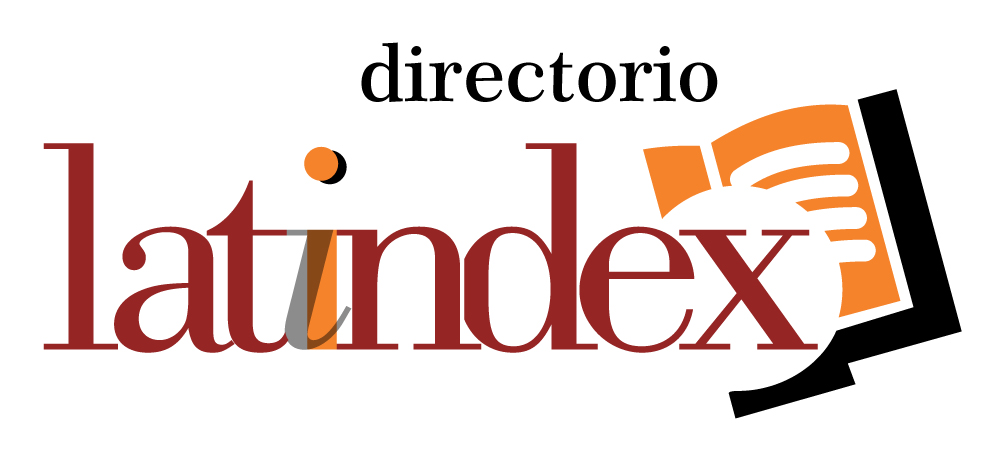
.png)
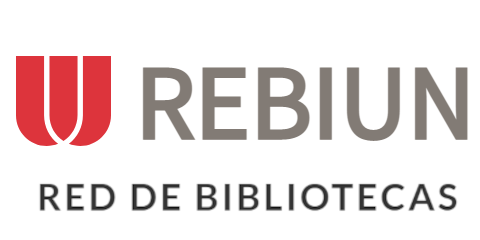







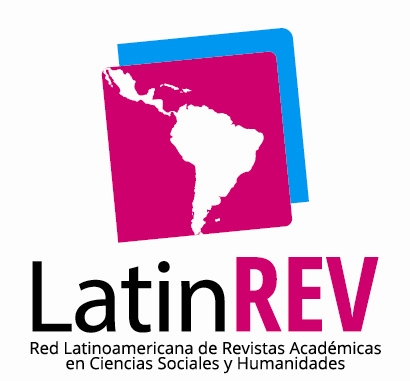

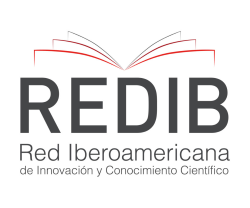


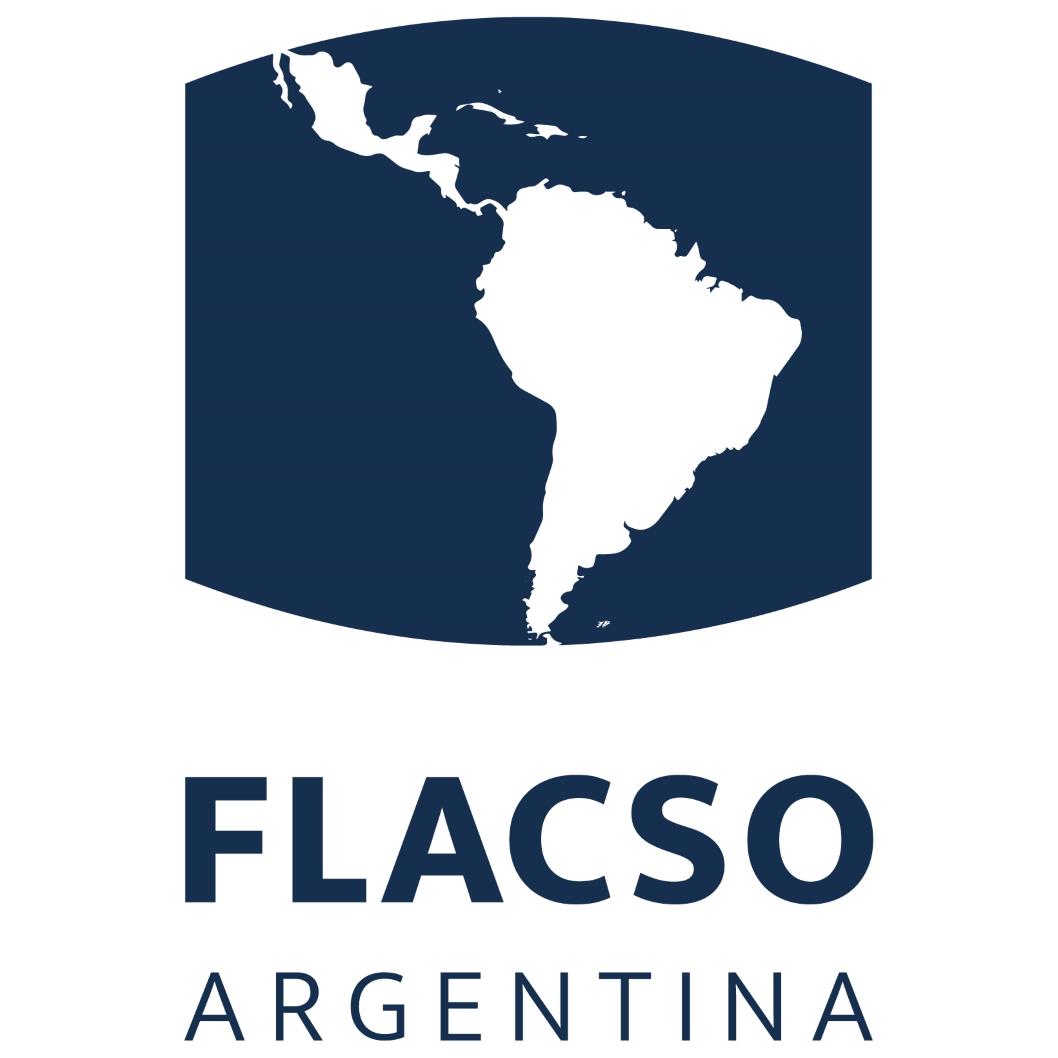






.png)
1.png)


